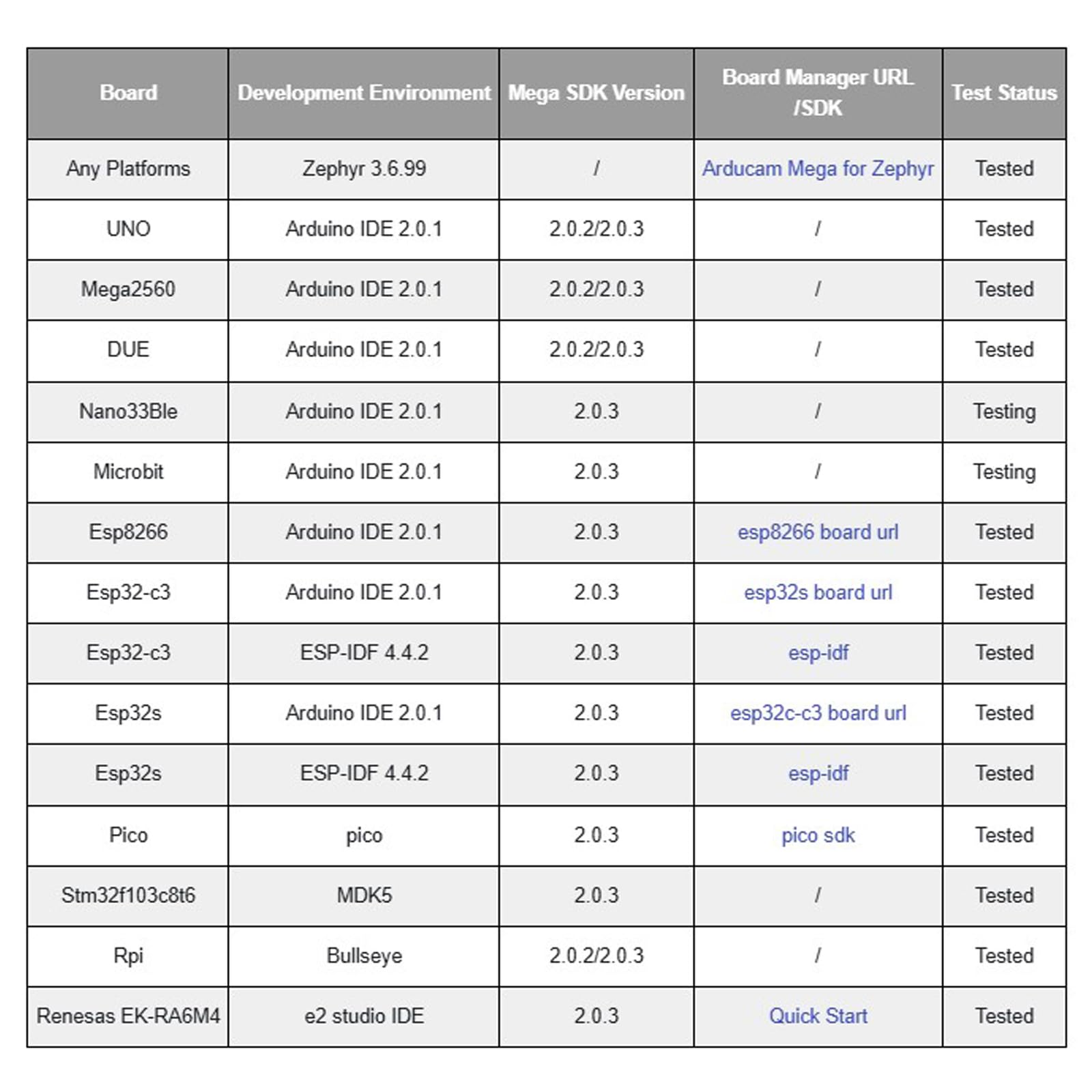Customer Services
Copyright © 2025 Desertcart Holdings Limited
Desert Online General Trading LLC
Dubai, United Arab Emirates









📸 Elevate Your Vision with Arducam Mini!
The Arducam Mini Module Camera Shield features a 2MP OV2640 image sensor, designed for compatibility with various platforms including Arduino and Raspberry Pi. It offers customizable lens options and easy configuration through I2C and SPI interfaces, all while being lightweight and portable.
| Processor | Tegra |
| Wireless Type | Infrared |
| Brand | Arducam |
| Series | Arducam Mini Module Camera Shield |
| Item model number | B0067 |
| Item Weight | 0.81 ounces |
| Package Dimensions | 2 x 1.7 x 1.6 inches |
| Rear Webcam Resolution | 2 MP |
| Processor Brand | ArduCAM |
| Number of Processors | 1 |
| Power Source | battery powered |
| Manufacturer | Arducam |
| ASIN | B012UXNDOY |
| Country of Origin | China |
| Is Discontinued By Manufacturer | No |
| Date First Available | July 29, 2015 |
Trustpilot
3 weeks ago
2 days ago